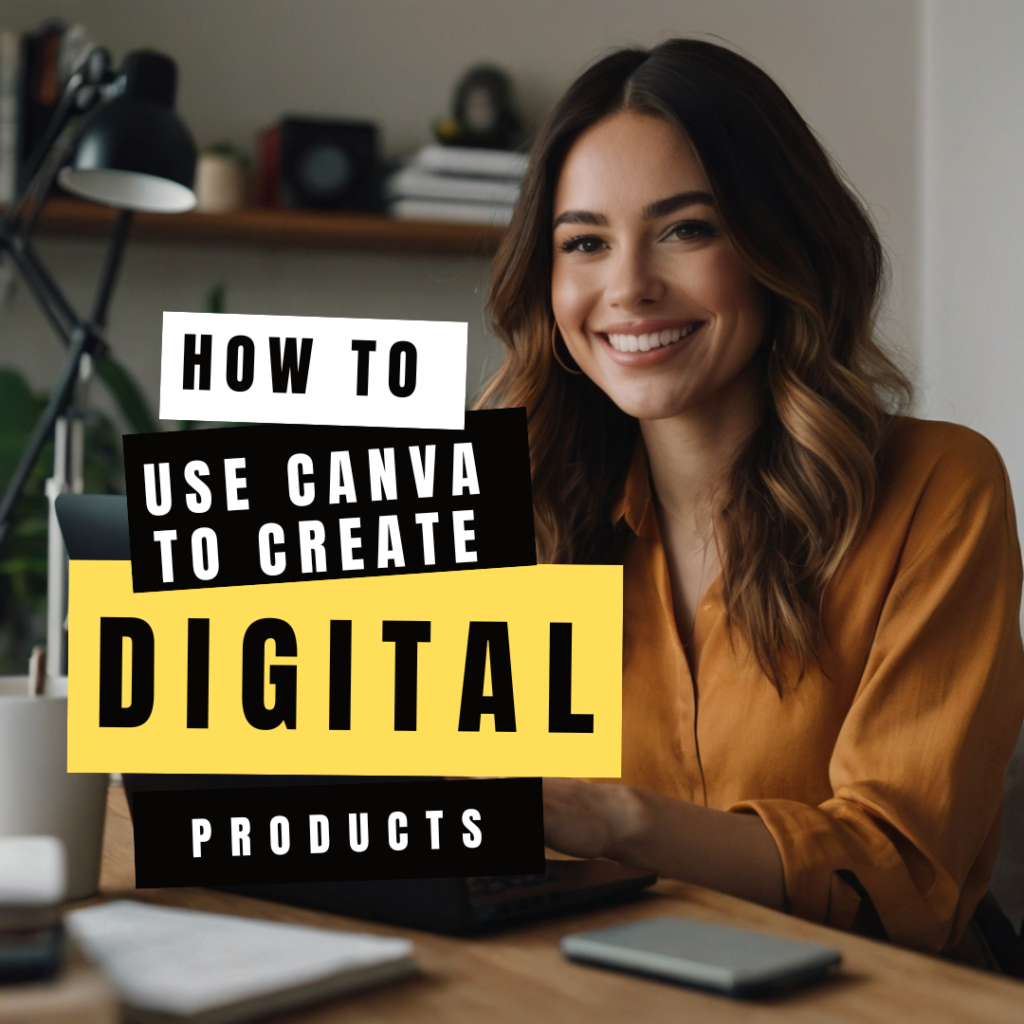“What platform do I use?”
“What’s a landing page?”
“How do I set up an online store?”
If you’ve ever Googled those questions and ended up closing the tab five minutes later, you’re not alone. One of the biggest pain points for aspiring side hustlers is feeling completely overwhelmed by tech and tools.
Here’s the good news: You don’t have to be a tech wizard to build a successful side hustle in 2024. In fact, with today’s beginner-friendly tools and plug-and-play systems, you can launch your business without coding, complex software, or a graphic design degree.
Let’s walk through how to simplify the tech side of your business—and how The Side Hustle Starter Kit™ can help you launch faster, smarter, and with total confidence.
Why Tech Stops So Many Side Hustles Before They Start
Most new entrepreneurs hit a wall as soon as they start researching how to actually set up their business. Questions start flying:
- Do I need a website?
- Should I sell on Etsy or Gumroad?
- What’s a domain?
- How do I take payments?
- Do I need email marketing from day one?
And suddenly, your simple idea becomes a complicated project.
This leads to tech overwhelm—that feeling of being frozen because there are just too many options and too many steps you don’t understand.
You Don’t Need to Learn Everything to Get Started
Here’s the truth:
You only need to learn the minimum viable setup to get your first sale.
You can skip the bells and whistles (like fancy branding, full websites, or expensive software) and instead focus on tools designed specifically for beginners.
Some of the easiest platforms for non-techies include:
- Canva – for designing logos, product images, PDFs, and social content
- Gumroad – for selling digital products with zero upfront cost
- Shopify (Starter Plan) – for easy e-commerce setups
- Podia – for selling digital downloads and courses with drag-and-drop simplicity
- ConvertKit or MailerLite – beginner-friendly email marketing platforms with free tiers
These platforms take care of the heavy lifting so you can focus on what matters: building your product and connecting with your audience.
The Secret Weapon: The Side Hustle Starter Kit™ 🧰
Launch your side hustle without getting lost in the tech.
The Side Hustle Starter Kit™ was built specifically for beginners who feel overwhelmed by the tech side of things. Whether you’re starting a digital shop, selling printables, or launching an eBook, this kit walks you through everything step by step—with no jargon, no guesswork, and no coding required.
Here’s what makes the Starter Kit a game-changer:
✅ Beginner-Friendly Tool List – No more wondering what platform to use. You get a breakdown of exactly which tools are easiest, why they’re helpful, and how to set them up.
✅ Step-by-Step Launch Guide – Clear instructions that help you go from idea to launch—even if you’re not tech-savvy.
✅ Templates That Do the Work for You – From product planners to store set-up checklists and branding worksheets, you get resources that save hours of trial and error.
✅ No Overwhelm, Just Clarity – The kit is designed to cut through the noise and keep you focused on what matters most in your first 7 days.
Whether you’re tech-anxious or just busy, this kit makes getting started feel easy—and even fun.
Skip the Confusion and Start with Confidence
Still wondering how to start your side hustle without all the tech stress? Here’s a simple roadmap:
🛠 Step 1: Choose one platform to start with
If you’re selling digital products, Gumroad or Etsy is perfect for beginners. Both are low-cost and don’t require a custom website.
🎨 Step 2: Use Canva to create your digital product
Canva’s free templates make it easy to design printables, guides, planners, and more—even if you’re not a designer.
🛍 Step 3: Upload and launch
Once your product is ready, upload it to your chosen platform, set a price, and hit publish. Don’t worry about fancy branding or a perfect store layout—done is better than perfect.
💌 Step 4: Start building visibility
Share your offer on Pinterest, Instagram, or in Facebook groups. You don’t need to be on every platform—just start with one and be consistent.
Final Thoughts: You Don’t Need to Be a Tech Expert to Start a Side Hustle
You don’t need to learn everything. You don’t need to build the perfect store. And you definitely don’t need to waste weeks Googling how to set things up.
You just need a system that’s already laid out for you—like The Side Hustle Starter Kit™—to help you get started without the overwhelm.
Ready to Launch with Less Tech Stress?
Grab your copy of The Side Hustle Starter Kit™ today and get:
- A simplified tool stack for non-techies
- Step-by-step instructions for setting up your store
- Templates to save time and energy
- Total confidence to move from idea to income—without getting stuck
👉 Click here to download The Side Hustle Starter Kit™ now
Launch your dream business the easy way. No tech headaches, no confusion—just clear, actionable steps made for beginners like you.
